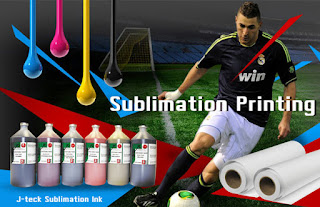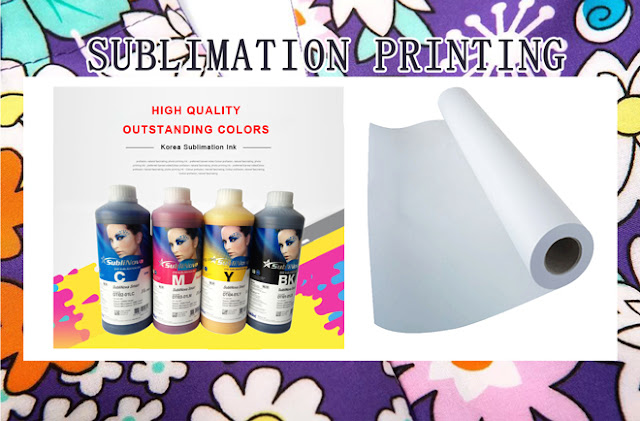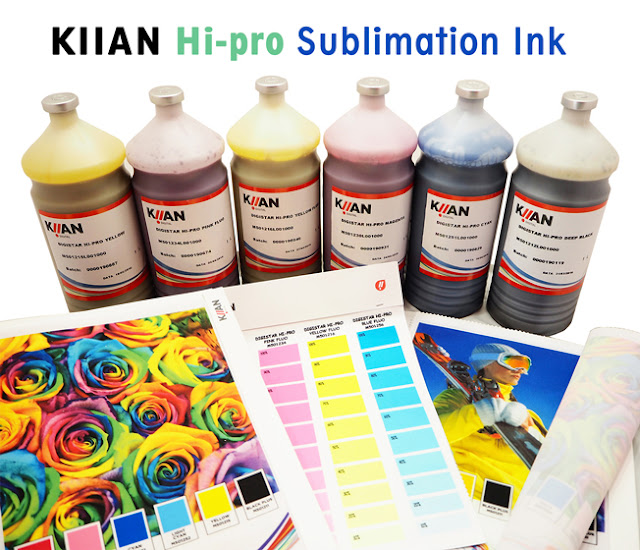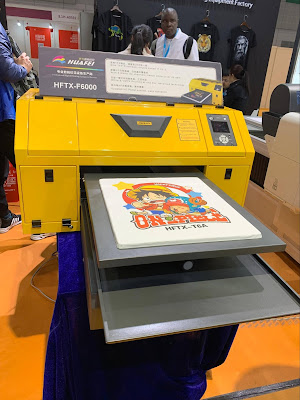The Advantages of Large Format Inkjet Printer
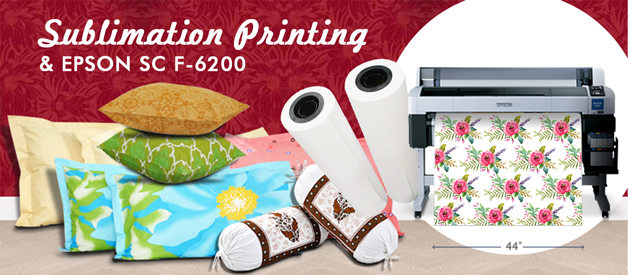
With the maturation of inkjet technology and the decline of the cost, the advantages of large format printers are becoming more and more obvious. Let’s talk about it now. 1.Large scale General prints will be limited by the maximum size of presses and papers. Therefore, it is difficult to produce huge advertisements, commercial POPs, and celebrity large-format photos. In the past, some artists or artisans need to use hands to finish it. With the advent of large-format inkjet technology , this situation has been fundamentally changed. And not only this type of special print, but even large-format prints can be successfully completed by sub-regional inkjet printing. 2.Product individuation It can produce colorful advertising posters such as highway billboards with large area, high position and long distance viewing, product publicity pictures in the commercial area, etc. It can also produce indoor high-definition and high-value appreciation. Or outdoor personal photos, product a

